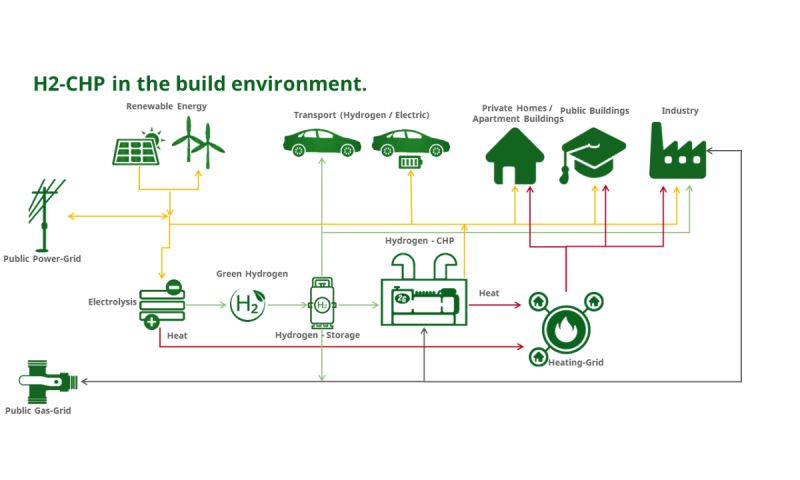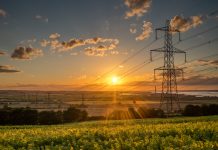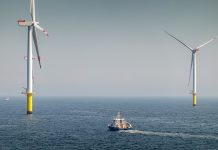Minesh Patel, the Sales Manager at 2G Energy, analyses the role of water in a net zero world, discussing hydrogen production and electrolysis
The energy landscape in the UK and globally is changing rapidly due to growing pressure to become a net zero world and to move away from fossil fuels.
Net zero energy pathways are being developed by businesses to meet carbon targets and reduce operating costs. Board directors are giving the green light to implement energy efficiency measures and onsite generation, such as solar PV installations, to meet carbon targets and to reduce utility energy spending costs in this challenging time. Typically, ROI can vary between <12-36 months which supports the business cases to empower Businesses to make changes.
We believe that the future energy system will need more than one technology, including electrification and renewable sources. However, it is an inescapable fact that two-thirds of the energy used in the UK is met by using fossil gas, and the UK generates ~30% of its power from natural gas.
This focus has been sharpened by the conflict in Ukraine, which polarises how reliant we are on the use of natural gas and its wholesale market price, which affects everyone, and further drives our need for a net zero world. The challenge doubles when you realise that we do not currently have the battery capacity to store all the renewable electricity produced. The costs paid to renewable energy produced for curtailment are in the millions. A sensible option would be to use spare energy to produce green hydrogen, which can be stored when we have a high demand for heat and energy in the winter peaks.
“The 2G product range includes CHP systems with an electrical output between 20 kW and 2,500 kW for operation with natural gas, biogas, biomethane, hydrogen and other lean gases.”
What is wind curtailment?
Wind curtailment is the reduction in electricity generation below what a system of well-functioning wind turbines can produce.
Data shows that wind was curtailed in Great Britain on 75% of days in 2020, with over 3.6 terawatt-hours of wind being turned off in total, mainly due to network constraints. This volume of wasted wind power is enough to power over a million homes for a whole year.
The cost of curtailing wind generation in 2021 hit a record high, costing Britain £507 million. This is up from £299 million in 2020, bringing the total cost of curtailing wind over the last two years to £806 million.
Surging gas prices increased the cost of curtailing wind generation, as gas plants were used to support the system when wind generation was switched off due to transmission constraints.
This additionally had an environmental impact, with an extra two million tonnes of CO2 emitted due to gas being used instead of wind.
So, what do energy and water (H2O) have to do with each other? HYDROGEN!
Electrolysers for hydrogen production
Electrolysis is how you generate hydrogen from water, electrolysis is the process of using electricity to split water into hydrogen and oxygen. This reaction takes place in a unit called an electrolyser.
Hydrogen produced from green renewable electricity substitutes fossil fuels and removes CO2 emissions across all sectors. As industrial feedstock, hydrogen is used for the refining of crude oil, iron, and steelmaking as well as the production of fertilisers and of numerous chemical products. As an energy carrier, renewable hydrogen decarbonises mobility, power, and heat supply.

“Hydrogen produced from green renewable electricity substitutes fossil fuels and removes CO2 emissions across all sectors.”
By combining curtailing wind with electrolysers, the cost paid for curtailment can be reduced and help balance the grid. In addition, this will also improve the utilisation of wind generation and produce zero carbon green gas for power and heat generation.
For onsite generation (behind the meter) of power and heat (or chilled water), hydrogen produced from green renewables (solar PV or wind or tidal) is the cleanest energy source. It can be stored temporarily, transported in gas grids, or generated on-site with an onsite electrolyser and reconverted into electricity & heat, e.g., in gas engines, CHPs, fuel cells or gas turbines. Substituting natural gas as an energy carrier for buildings, power plants or industries, renewable hydrogen contributes to driving a net zero world and attaining better CO2 emission targets for the UK.
2G Energy and its hydrogen contribution to a net zero world
2G Energy is a leading international manufacturer of combined heat and power plants (CHP) for the decentralised generation and supply of electricity and heat. The 2G product range includes CHP systems with an electrical output between 20 kW and 2,500 kW for operation with natural gas, biogas, biomethane, hydrogen and other lean gases.
To date, 2G has successfully installed over 8000 CHP plants in 55 countries. The company is committed to promoting hydrogen as the future to achieve a carbon-zero world. 2G is an active member of the European Clean Hydrogen Alliance as well as COGEN Europe to support the global fuel switch with our technology and experience. 2G is proud to be an award-winning company, achieving several awards for its 100% hydrogen CHP, including ‘CHP of the year 2019’ for its Hassfurt project, ‘Handelsblatt Energy Award’ and winner of the COGEN Europe Technology & Innovation Award. 2G Energy are the first manufacturer to supply and install the first 100% hydrogen CHP system in the UK.

This work is licensed under Creative Commons Attribution-NonCommercial-NoDerivatives 4.0 International.












Hydrogen is one of the beautiful things that nature gives us